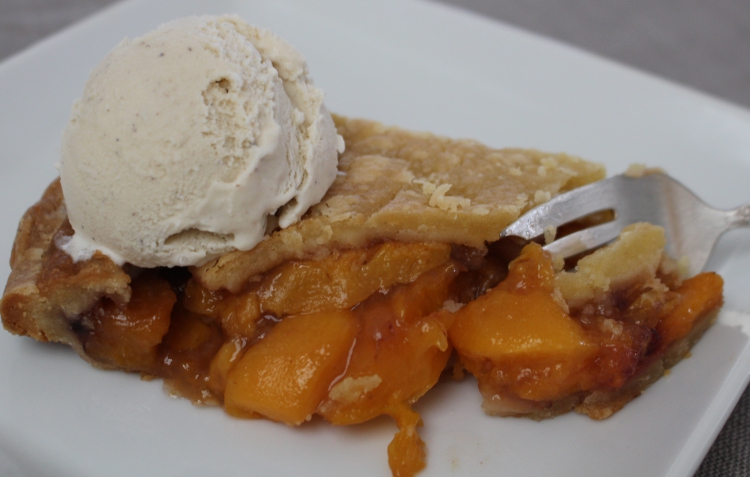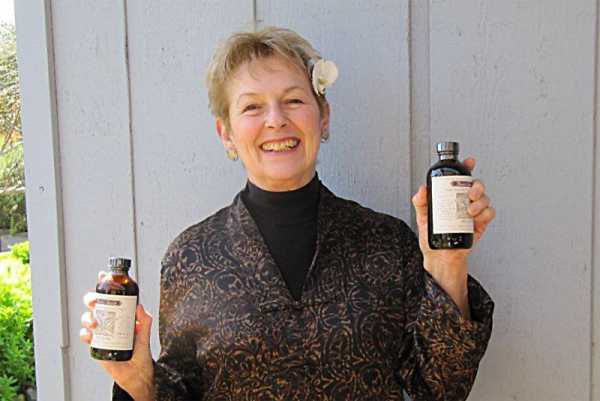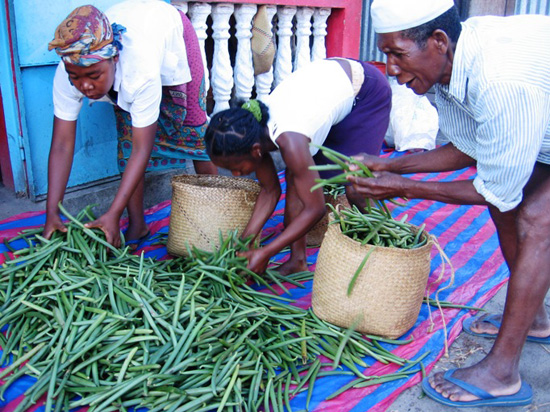
I'm amazed at how superior your vanilla is!
– Des, The Grommet
There is something in my DNA that drives an insatiable curiosity about learning. It’s kind of an intellectual archeology. I want to uncover information about uncommon or newly discovered treasures. Naturally, when the opportunity to take the pu’erh challenge presented itself, I wanted to learn more about the tea I was consuming. Now that I have been drinking it for nearly two weeks, I have continued my investigation.
Roy Fong, the founder and proprietor of San Francisco’s renowned Imperial Tea Court, has written a new book, Great Teas of China. Given that pu’erh comes from a tropical region of China, it seems totally appropriate to tell you more about this fascinating black tea.
All puerh begins as sheng cha (green, or raw tea). In the early days, because Yunnan is a mountainous region and transportation of goods was difficult, A “tea-horse road” was established to transport tea out of the province. The time from harvest to consumers could be a year or more.
Puerh’s high moisture content promoted fermentation inside the burlap bags in
which it was carried. By the end of the journey, sheng cha had naturally
evolved into shou cha (dark finished, literally “cooked,” tea). The result was a dark tea with a full-bodied, deep red liquor and multiple layers of rich and complex flavor.
Among other things, a fine aged puerh is characterized by a clean, sweet taste and bright, clear liquor. Puerh that tastes old or moldy hasn’t been stored properly.
Sheng cha is produced by harvesting Yunnan’s da ye (big leaf) cultivar. The spring harvest starts in early March and ends around May 10th. The best tea is harvested in the spring when the leaves are small and new.
The tea leaves are allowed to wither slightly, then go through a pan-firing process that stops oxidation. They are then rolled into shape, and put in direct sunlight to dry. Sometimes the leaves are dried by placing them on bamboo mats suspended over a charcoal fire, which imparts a smoky taste.
Sheng cha tends to be harsh, bitter, and strong. Over time, however, these characteristics prove to be the tea’s strength, as they provide the structure that allows it to age and mature. Sheng cha may be sold loose-leaf, but is also made into compressed forms.
The other type of puerh is shou cha, which modern tea factories produce from sheng cha by dramatically accelerating the fermentation process. Finished sheng cha is piled in a heap, then water is added and the pile is covered with a tarp. The moisture induces fermentation, which generates heat. The tarp is removed from time to time to release heat and moisture as needed. A long temperature probe is inserted into the pile to monitor it so the tea does not over-ferment. Periodically,
the pile is turned and inspected. Ideally fermented leaves have a brownish black color and yield a deep red infusion. When all the leaves have fermented evenly, the pile is spread out to allow moisture to escape. As the leaves dry, fermentation ceases. Then the shou cha is either sold as a loose-leaf tea or pressed into bing cha.
Interesting, isn’t it? I’ll do a post in the next few days about pu’erh’s alleged health properties, and if I can find some information about the hill tribes who care for the 500 year old trees and pick the leaves, I’ll post that as well. I will then recycle a good portion of what I’ve written about pu’erh into an article in our Tropical Foods Section, under tea. In the meantime, I hope I’m piquing your interest in trying Numi’s pu’erh.
I was given a small bottle of Rain’s Choice in a gift basket and I have been hooked ever since. The flavor makes all of my baking so much better! I will never use grocery store vanilla again!


© 2021. All Rights Reserved
Designed/Developed by Kat & Mouse